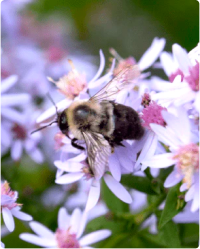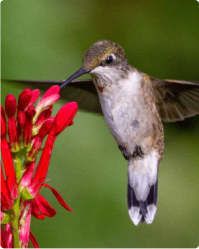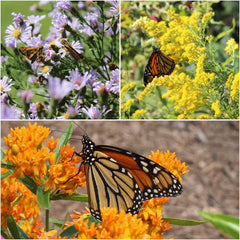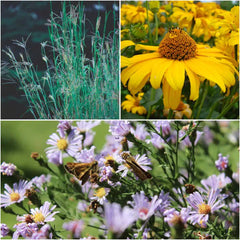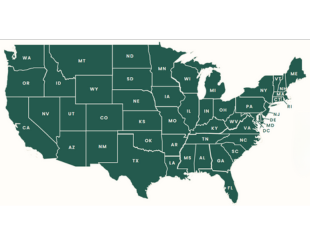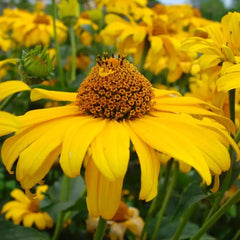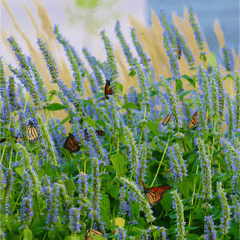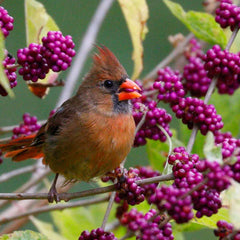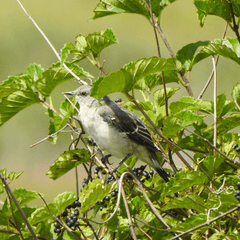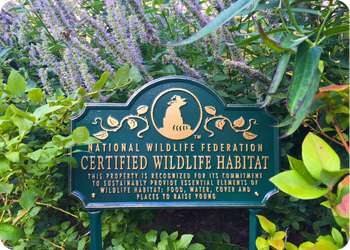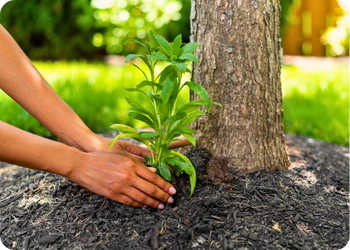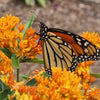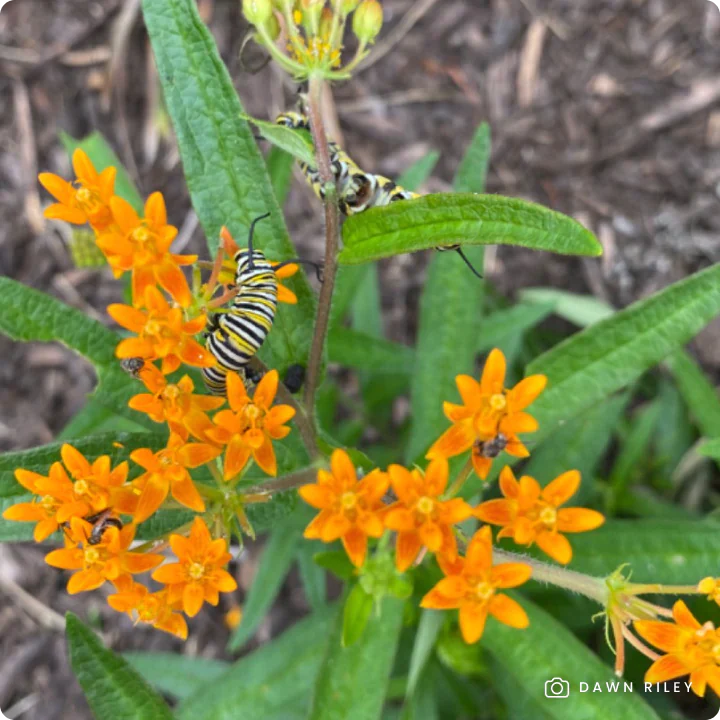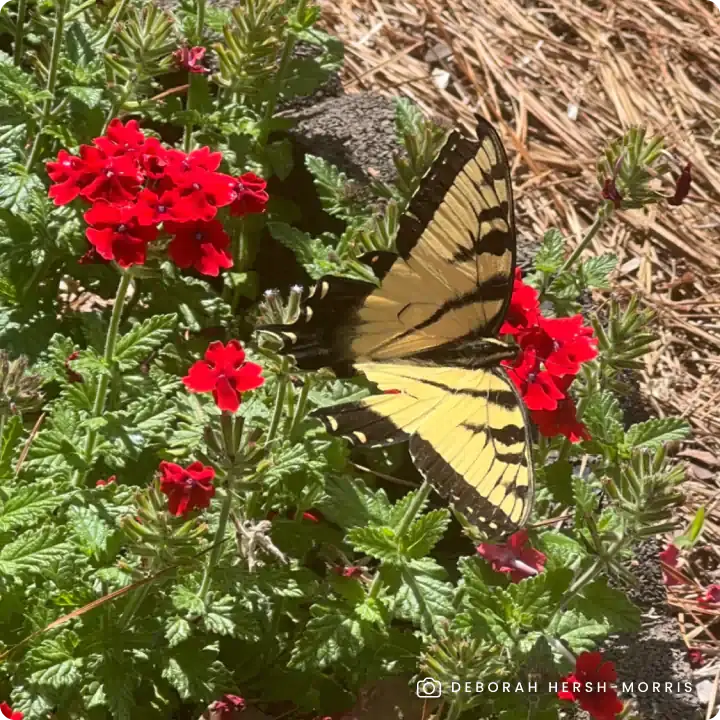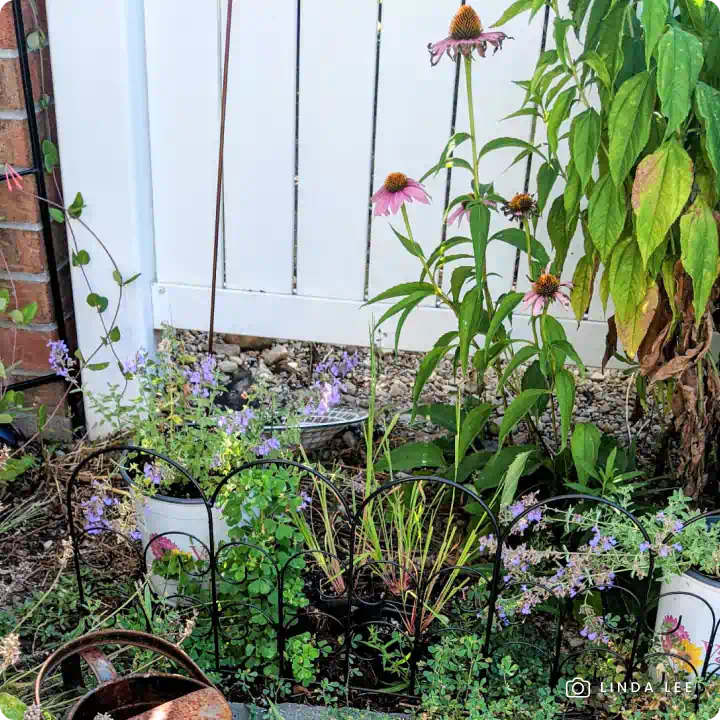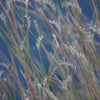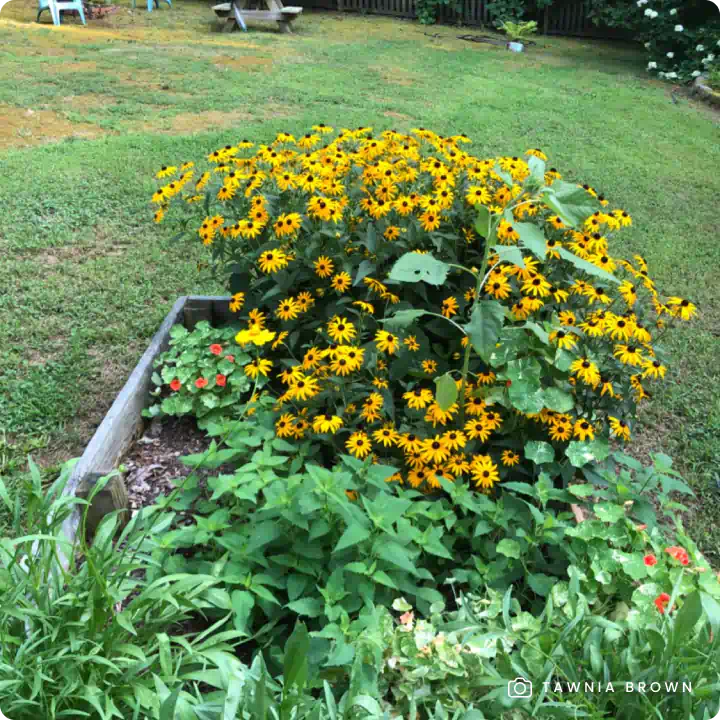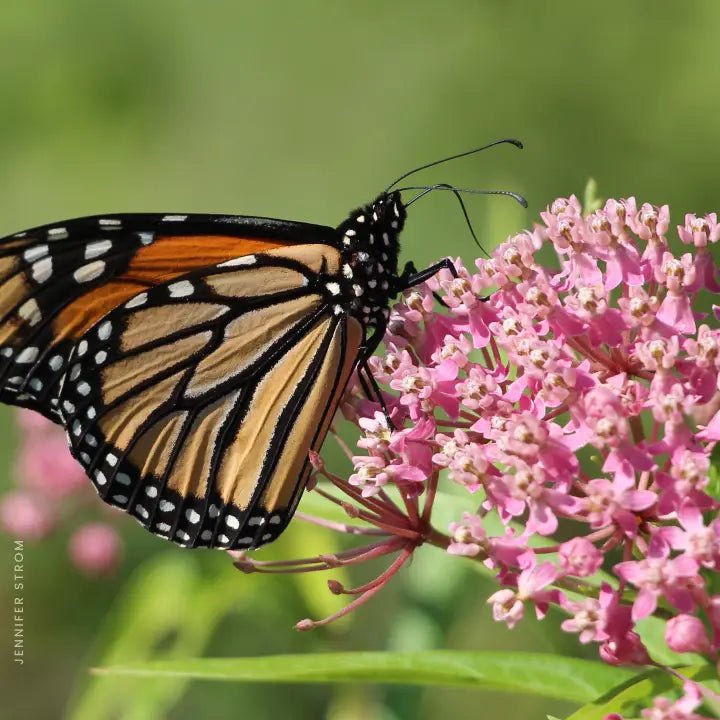The River Birch (Betula nigra) is a graceful, multi-trunked deciduous tree prized for its ornamental peeling bark, fast growth, and adaptability. Reaching 40-70 feet tall (occasionally up to 90 feet!), this shade-loving native features satiny, silver bark that peels away to reveal cinnamon-brown layers beneath, creating year-round visual interest. In spring, lush green foliage emerges, turning a warm golden yellow in fall before shedding for winter.
Native to wetlands, floodplains, and streambanks, river birch is one of the most adaptable birch species, thriving in moist, acidic, and even heavy clay soils. Its ability to tolerate wet conditions and poor drainage makes it an excellent choice for erosion control, rain gardens, and riparian plantings.
Why Grow River Birch?
- Fast-Growing Shade Tree: Provides cooling shade in just a few years.
- Unique, Year-Round Beauty: Features peeling bark, spreading branches, and bright green leaves that turn golden in fall.
- Thrives in Wet & Poor Soils: One of the most adaptable birches, growing in floodplains, streambanks, and heavy clay.
- Wildlife-Friendly: Seeds and catkins provide food for songbirds, and the tree supports over 280 native moths and butterflies as a host plant for their caterpillars.
- Erosion Control & Rain Gardens: Perfect for stabilizing riverbanks, slopes, and wetland areas.
- Low-Maintenance & Heat-Tolerant: More resistant to pests, disease, and heat stress than other birches.
- Pollinator-Safe: Grown non-GMO and free of harmful neonicotinoids, promoting a healthy ecosystem for pollinators and wildlife.
Available as single trees shipped in one-gallon containers to establish a beautiful, fast-growing shade tree in your landscape.
Planting Tips:
- Location: Prefers full sun to part shade for best growth and foliage color. Thrives in moist, acidic, well-drained soil but adapts to poor, rocky, or heavy clay soils.
- Watering: Water regularly during the first few years to establish deep roots. Prefers moist conditions but can tolerate occasional drought once mature.
- Spacing & Planting: Space trees 20-40 feet apart to allow for healthy canopy development. Works well in riparian areas, large landscapes, and erosion-prone sites.
- Maintenance: Minimal care required. If desired, prune in late fall or winter to avoid heavy sap flow. Mulch around the base to retain moisture and keep roots cool. Avoid planting near sidewalks or patios where fallen leaves and bark could create debris.
For more information on planting, view our How to Plant Your Native Plants guide and other planting tips in the Garden for Wildlife Learning Center.
Plant a River Birch and enjoy fast-growing shade, stunning exfoliating bark, and a tree that thrives in a variety of landscapes!

